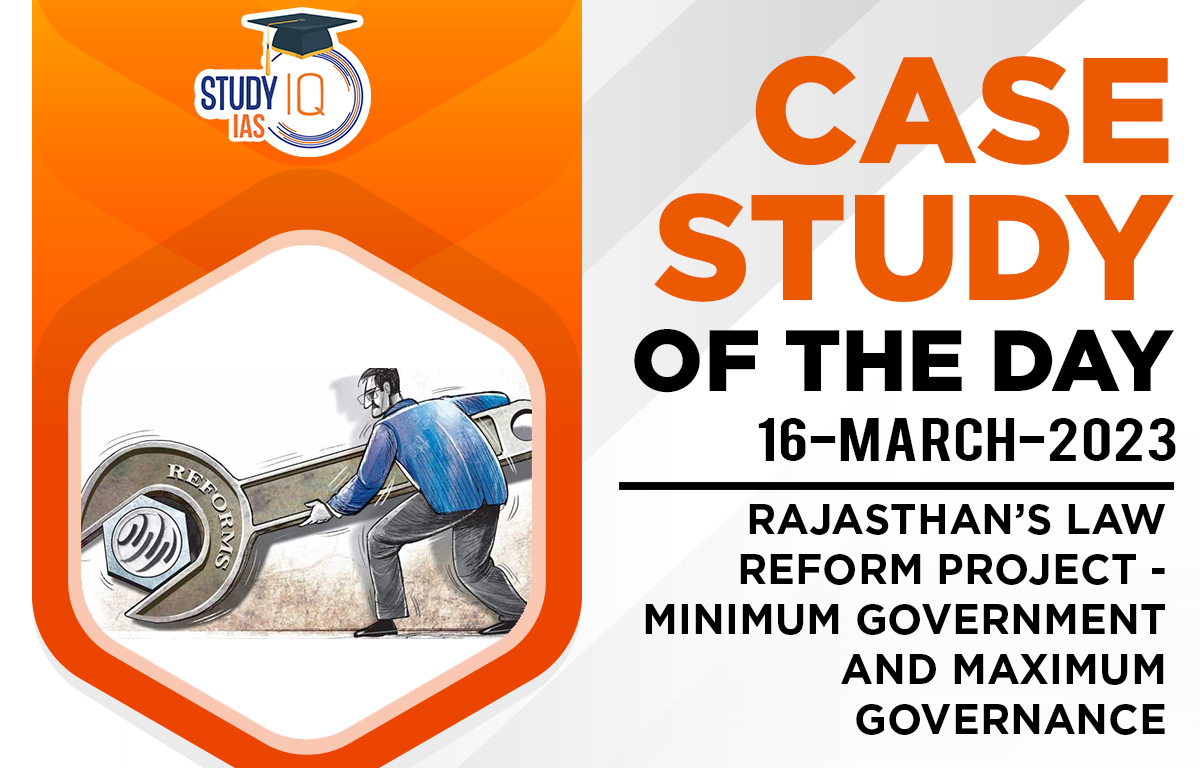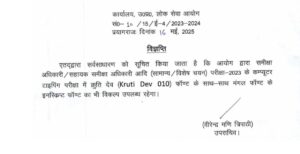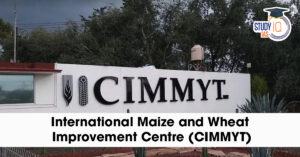Table of Contents
Context: The Rajasthan Government started a Law Reforms Project in 2015, with an objective to improve the Governance in the state.
About Rajasthan’s Law Reforms Project
- The prior situation that demanded Law Reforms:
- Government of India repealed 1175 obsolete Acts in 2015, which set a precedent to states in India.
- Rajasthan had about 592 Acts in 2015, with the last Act being repealed in 1962.
- Multiple Acts were in force for identical subjects, with the Education & Revenue department having more than 70 Acts each.
- Rajasthan Government took to Law Reforms in following stages:
- Project includes four phases – repealing, consolidating, examining relevance and putting laws online.
- Rajasthan Laws Repealing Bill 2015 was passed after consultation from various departments, which resulted in repeal of 248 Acts.
- Government has identified 9 departments with the most consolidation impact and has begun internal department reviews, to further bring down the number of acts.
- The Impact of the Move:
- Reduction in suspicion and consequent increase in the trust between citizens and lawmakers, which has lead to a reduction in transmission losses between how laws are written, interpreted, practiced and enforced.
- Lesser legislation means less corruption, nepotism and judicial intervention.
- Further over time, it will unclog the courts and reduce pendency.
Conclusion
- Thus, the dialogue between departments, empathy towards citizens, legislative balance, leadership positivity and massive coordination can bring about impactful changes.
- Hence, there is a need for other states to seek inspiration from such initiatives, to ensure ‘Minimum Government and Maximum Governance‘.


 UPPSC RO ARO Exam Date 2025 Out: Typing ...
UPPSC RO ARO Exam Date 2025 Out: Typing ...
 Maharashtra Bill to Curb Urban Naxalism,...
Maharashtra Bill to Curb Urban Naxalism,...
 International Maize and Wheat Improvemen...
International Maize and Wheat Improvemen...





















